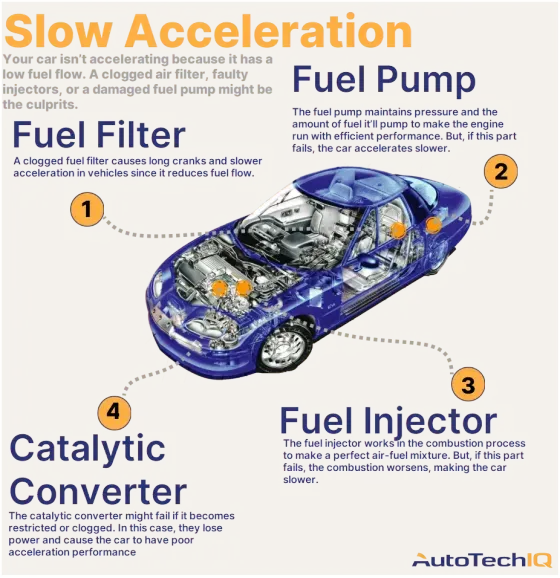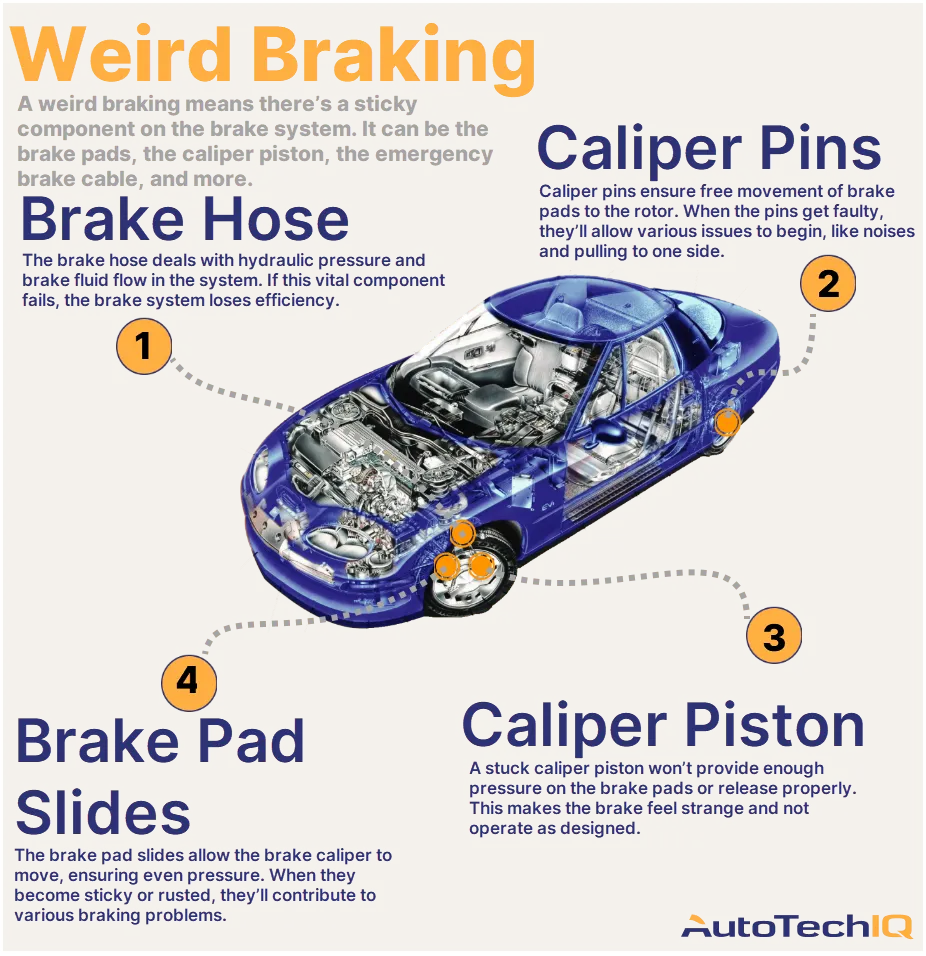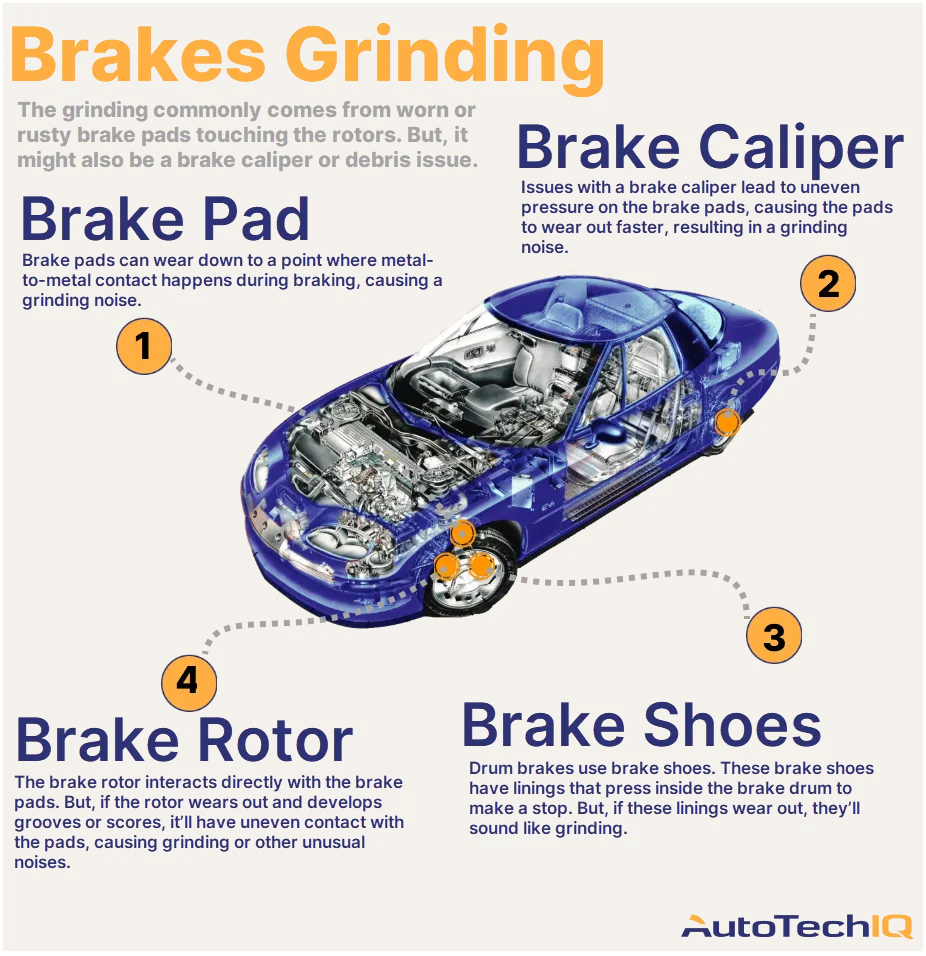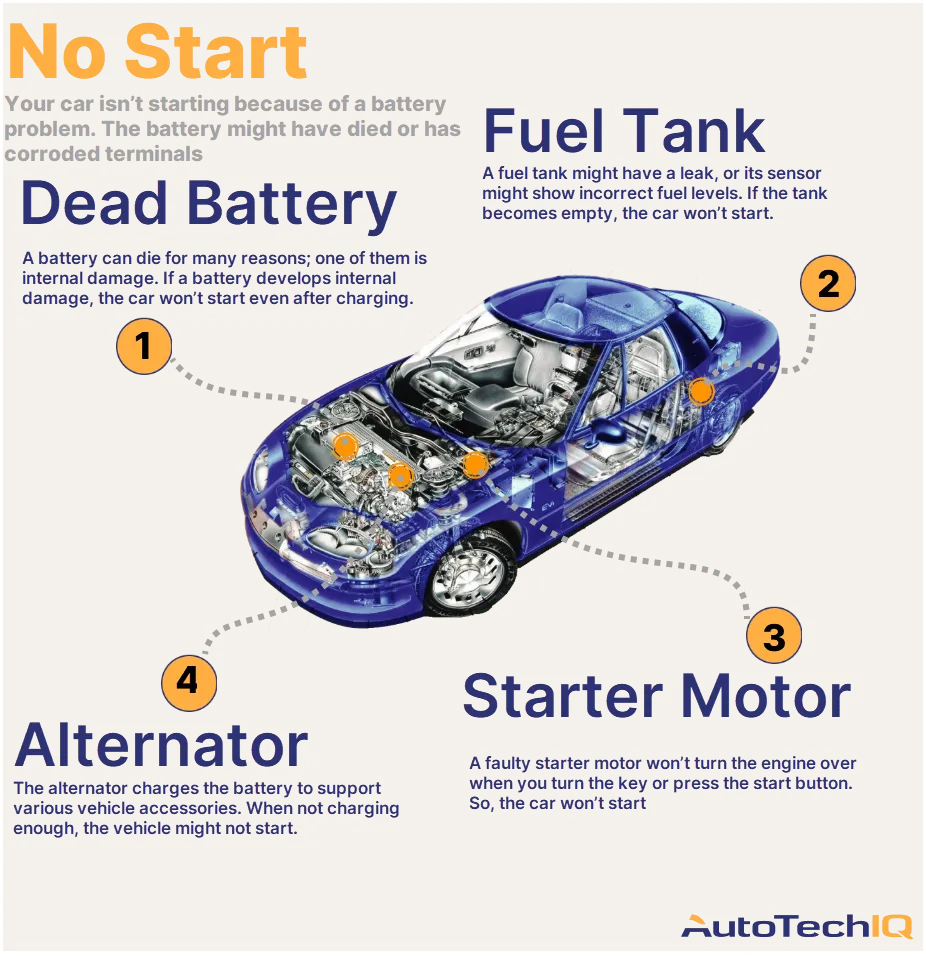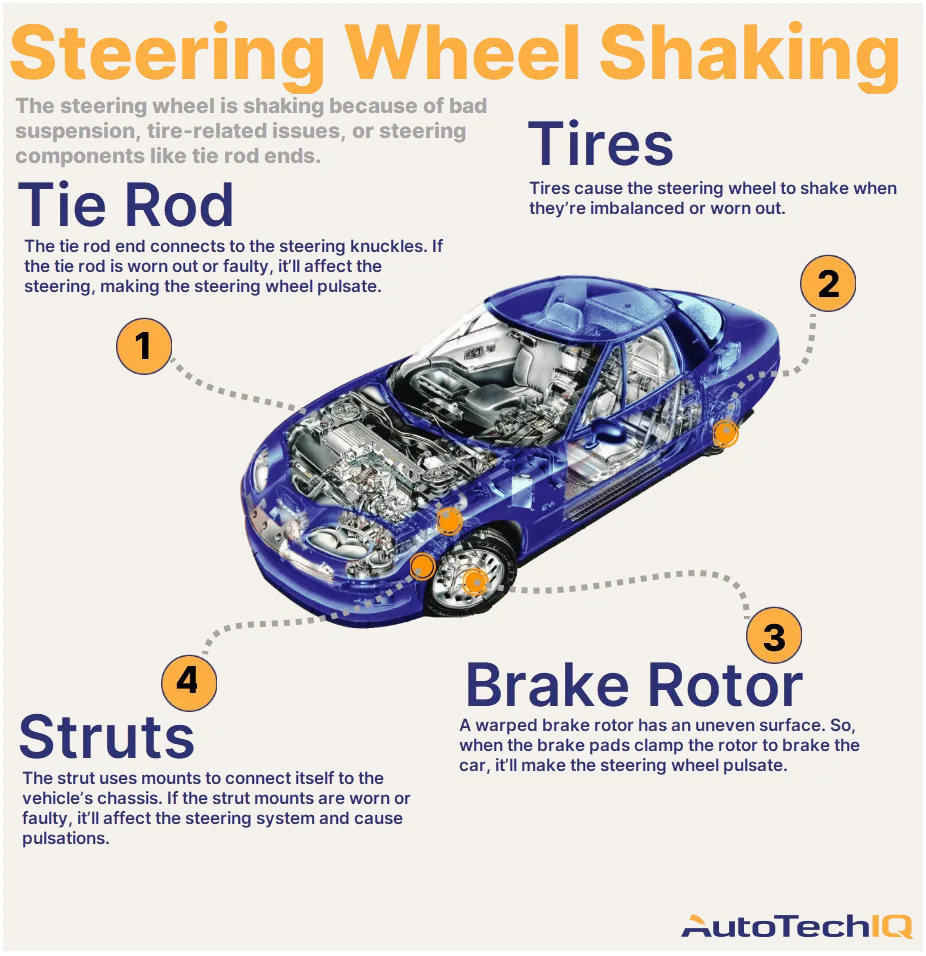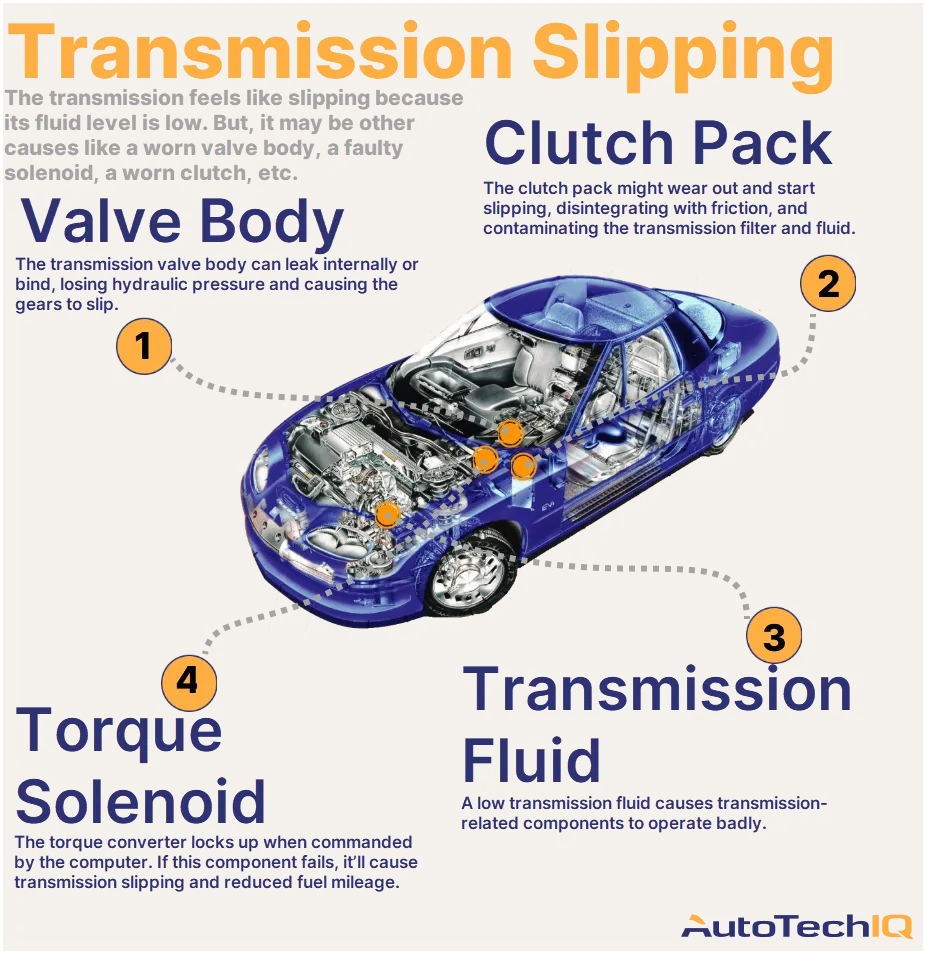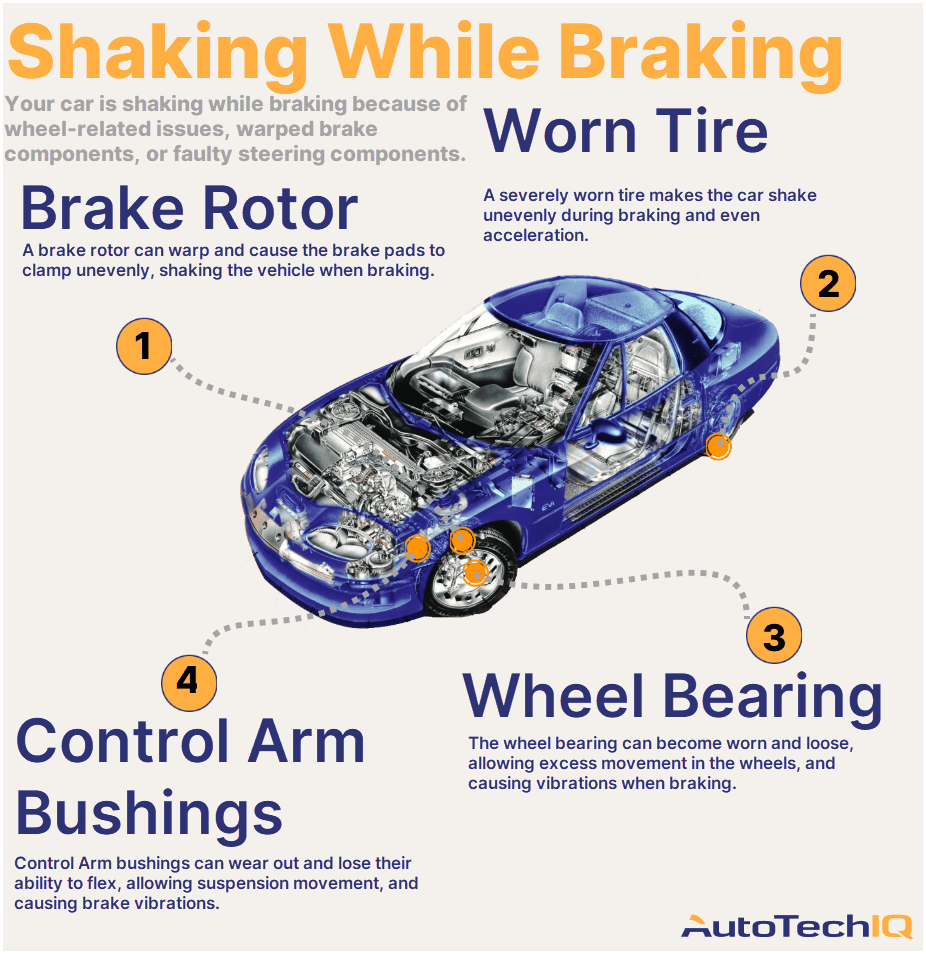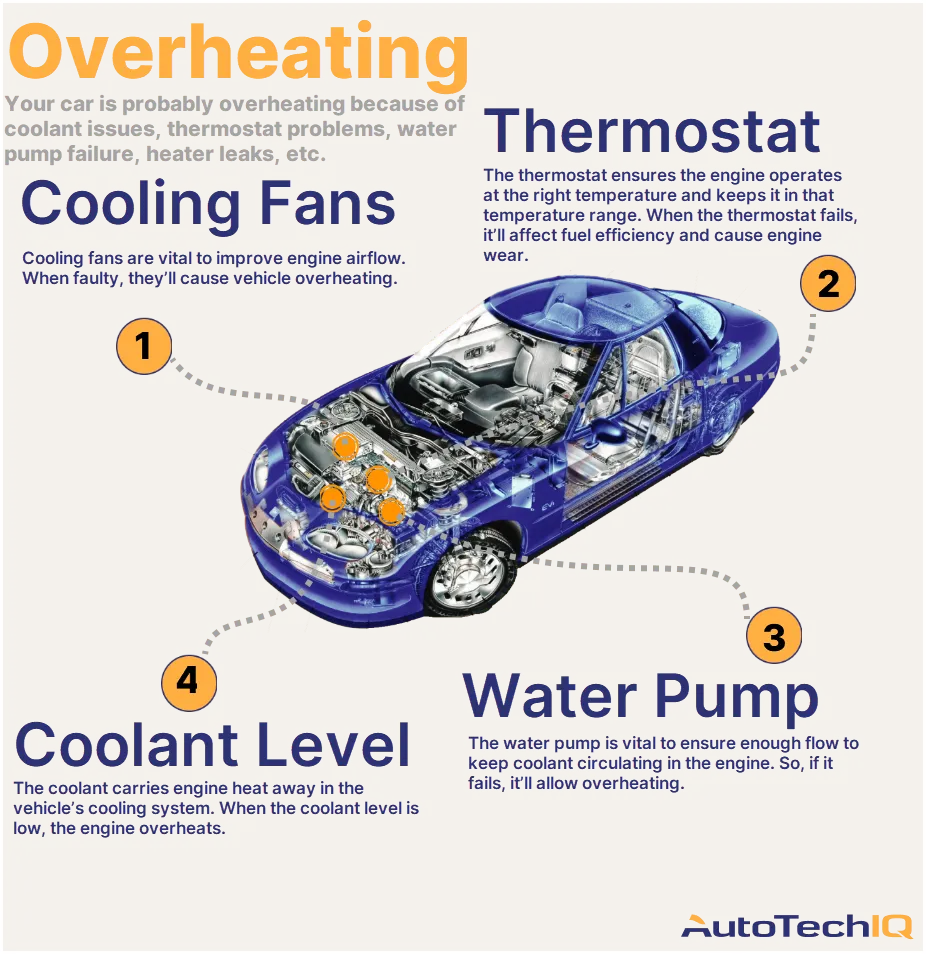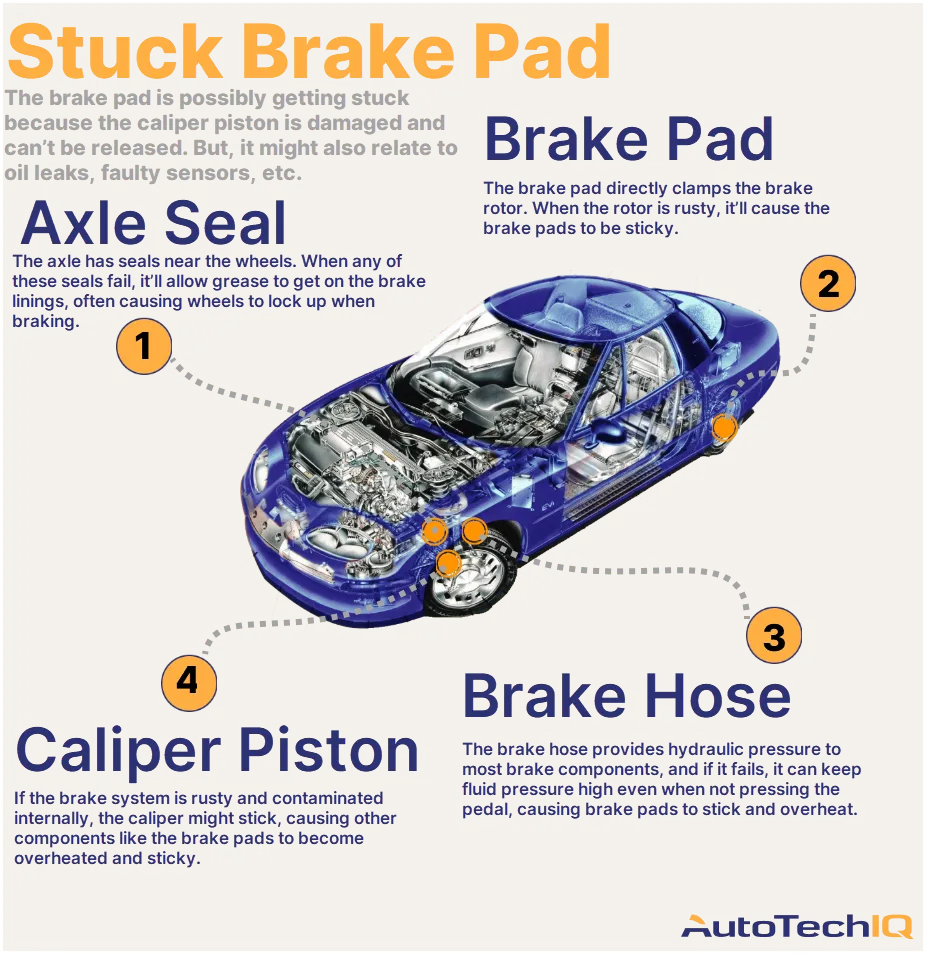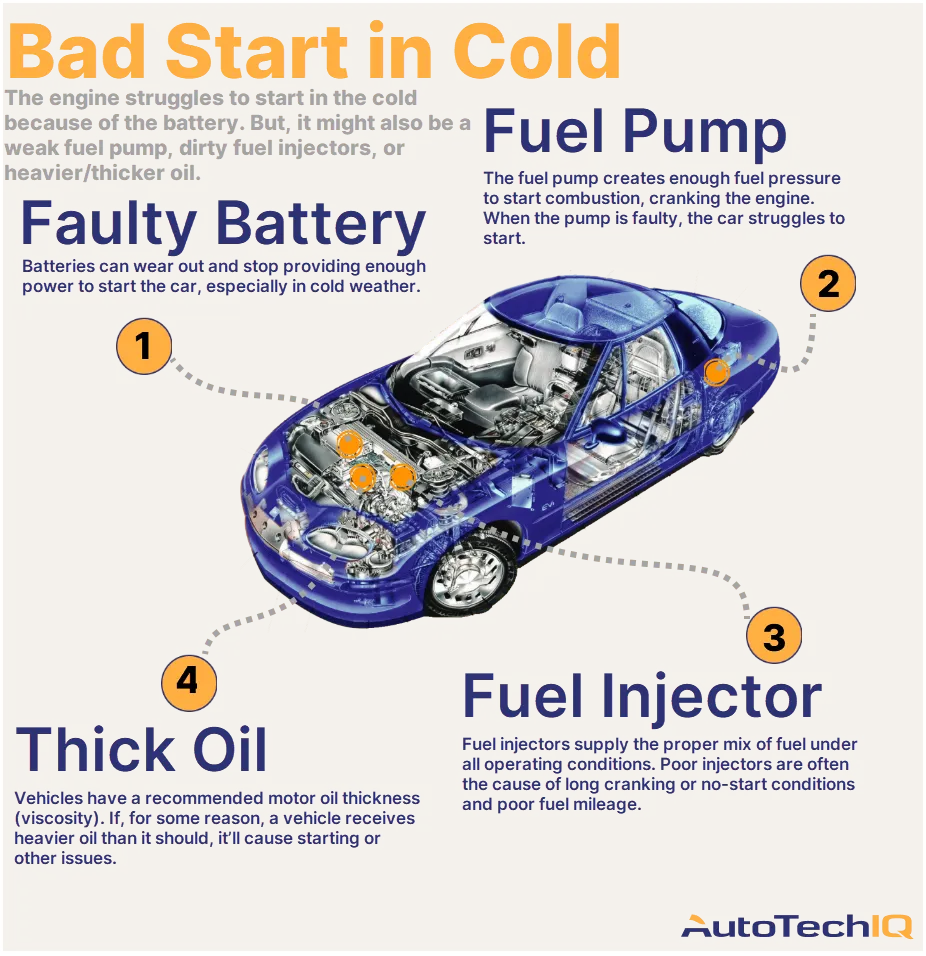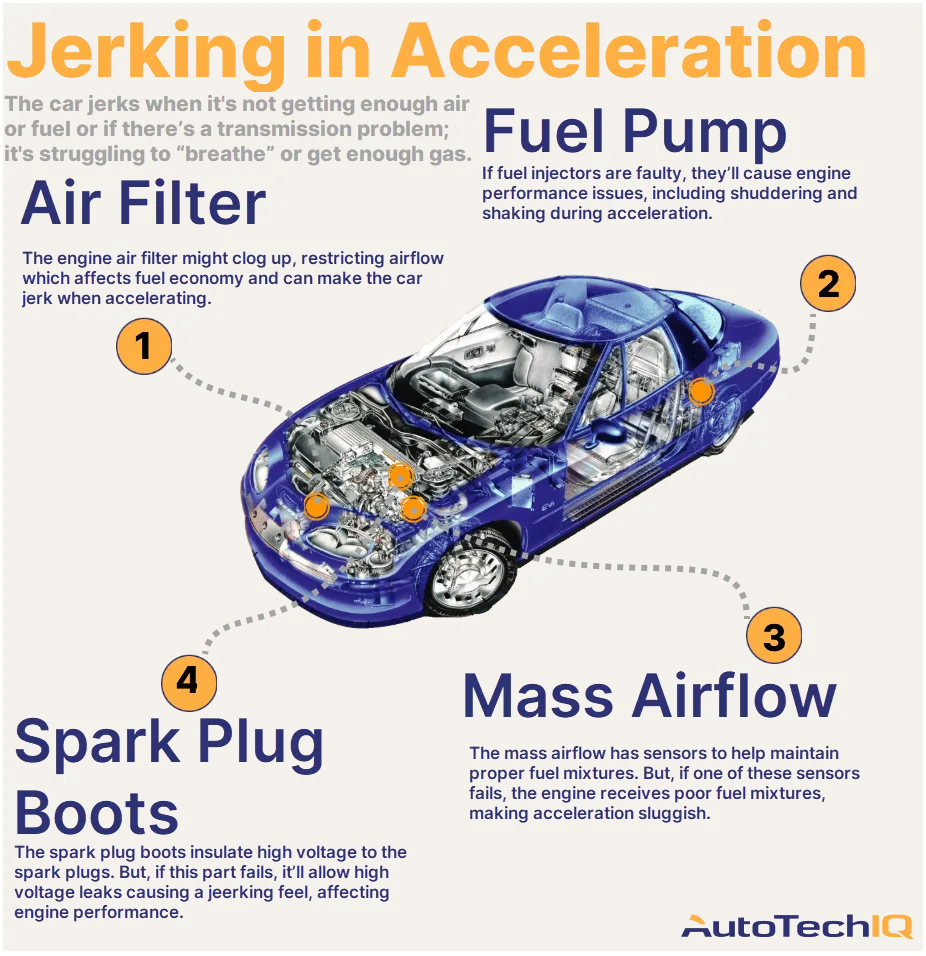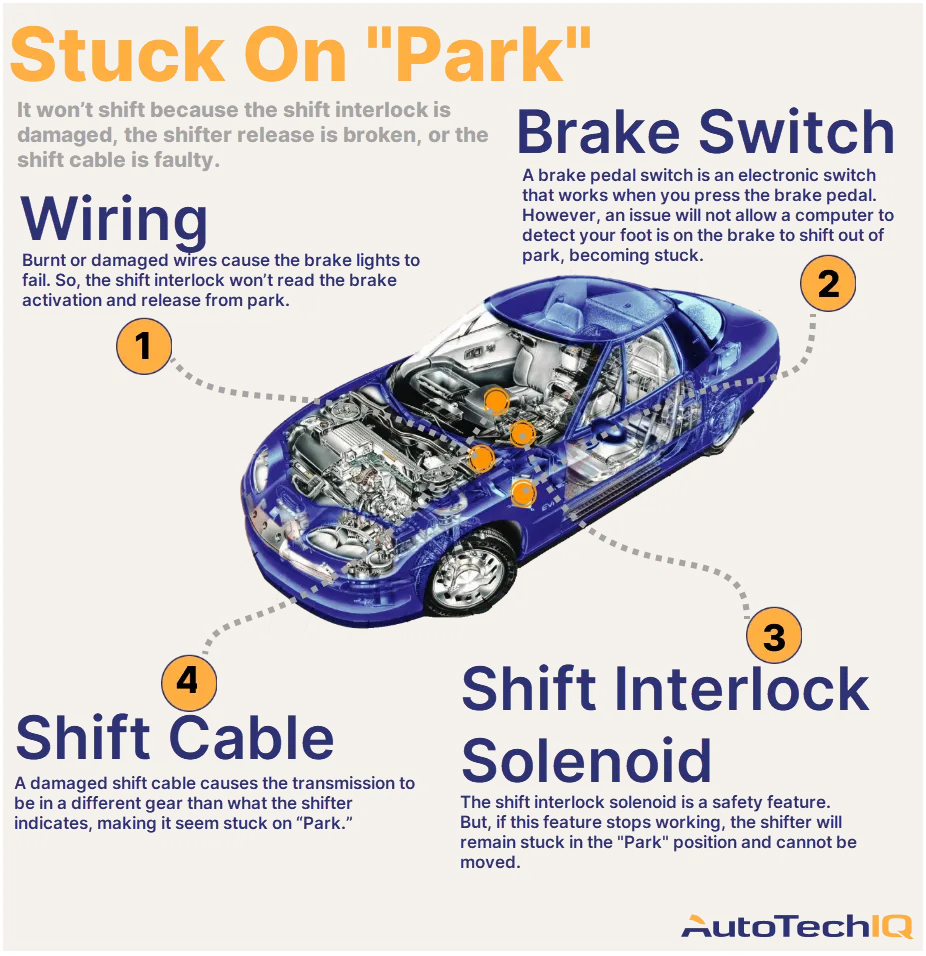Transparency example in a clogged fuel filter
A fuel system inspection is the most transparent process to understand why your vehicle’s fuel filter is faulty. This is because many components surrounding the fuel filter and its wirings can have a say in the issue, indicating the real culprits that caused it all.
Let’s read an example of how this kind of inspection helps to service a clogged fuel filter.
A customer dropped off their vehicle and reported it was cranking for a long time before starting. This meant that if they left the car unused for 15 to half an hour, the engine would take about a minute of cranking before it started. However, if they tried to restart the vehicle immediately after turning it off, the engine would start right up.
During the test drive, the technician confirmed that the engine took a while to start. However, the technician didn't notice anything unusual during the vehicle health inspection. Therefore, the customer authorized additional diagnostic costs to get to the root of the problem.
The technician used a specialized scanner to check for trouble codes but found none. They then checked the fuel pressure at the fuel rail, finding that it took extra time to build up to the manufacturer's specified pressure. The technician also noticed an inline fuel filter that didn't look like it had ever been replaced.
Next, the technician hooked up a pressure gauge to the pressure side of the filter and found that the pressure immediately came to the manufacturer's specifications. However, the pressure on the outlet side of the filter took a while to build up, indicating that the fuel filter had a restriction.
This restriction was causing the long cranks the customer reported. The technician determined that the fuel filter would need to be replaced to solve the issue.

In this case, the mechanic put the “Immediate Action” tag on the fuel filter.
